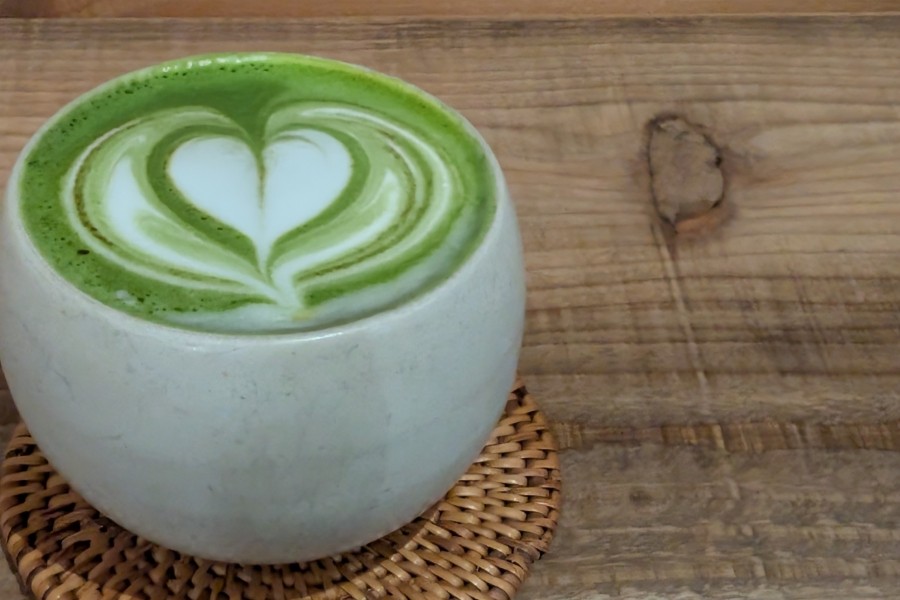The Growing Popularity of Matcha and Matcha Lattes in Japan and Beyond

In recent years, matcha has become one of the most talked-about drinks in both Japan and international cafe culture. Known for its vibrant green color and slightly bitter yet refreshing taste, matcha is finely ground green tea powder that has been part of Japanese tradition for centuries. Once reserved for tea ceremonies, it is now widely enjoyed in everyday life through drinks and desserts, with the matcha latte being the most popular modern adaptation.
Why Matcha Has Become So Popular
Matcha offers more than just a unique taste—it’s also known for its health benefits. Rich in antioxidants, matcha is said to improve focus, provide steady energy without the crash of coffee, and promote relaxation thanks to the amino acid L-theanine. These qualities have made it attractive not only to health-conscious Japanese consumers but also to people around the world who are looking for alternatives to coffee.
Matcha Lattes: A Modern Favorite
The matcha latte, made by blending matcha with milk (or plant-based milk) and sweetener, has quickly become a staple in cafes across Japan. Its smooth, creamy flavor balances the earthy notes of matcha, making it approachable for first-timers while still satisfying long-time tea lovers. Seasonal variations—such as iced matcha lattes in summer or topped with whipped cream in winter—keep it exciting year-round.
Matcha in Unique Cafe Cultures
Interestingly, matcha has also found its way into themed cafes, including maid cafes in districts like Akihabara. While these cafes are best known for their playful atmosphere, cosplay, and personalized service, they also cater to visitors who want to try uniquely Japanese drinks. Some maid cafés serve matcha lattes decorated with cute latte art or offer matcha-based desserts, giving guests both a cultural and kawaii (cute) experience. For many tourists, enjoying a matcha latte in such a setting adds a fun twist to their Japanese adventure.
Global Influence
What started as a traditional Japanese tea has now become a global trend. Major coffee chains and independent cafes around the world now serve matcha lattes, and matcha desserts are increasingly popular. Yet, in Japan, enjoying matcha in its homeland—whether in a quiet tea house, a modern cafe, or even a quirky maid cafe—remains a special experience.


